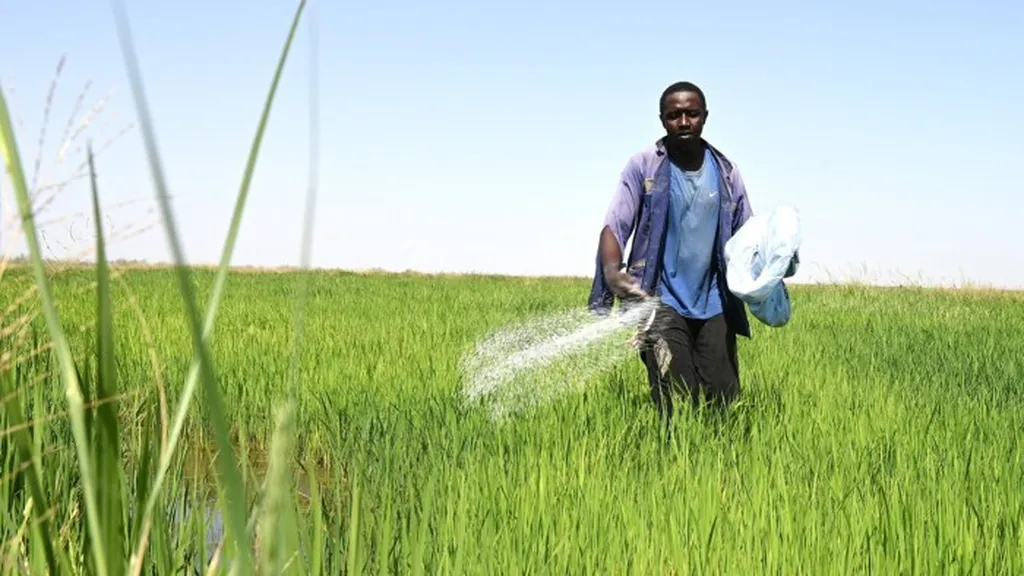In the ever-evolving landscape of agriculture, predicting nutrient dynamics is crucial for sustainable farming and food security. A recent study published in *Cogent Food & Agriculture* has developed a comprehensive forecasting framework that could revolutionize how we approach agricultural nutrient management in India. Led by Pradeep Mishra from the College of Agriculture at Jawaharlal Nehru Krishi Vishwa Vidyalaya (JNKVV) in Rewa, the research compares various machine learning and hybrid models to predict the consumption, exports, and imports of key agricultural nutrients: nitrogen (N), phosphorus (P2O5), and potassium (K2O).
The study evaluated nine different forecasting models, including traditional time series methods like ARIMA, machine learning algorithms such as Random Forest, SVM, and XGBoost, deep learning approaches like ANN, LSTM, and GRU, and hybrid architectures like ARIMA–LSTM and XGBoost–LSTM. The models were tested using historical data, and their performance was analyzed using metrics like MAE, MSE, and RMSE.
The findings reveal that ARIMA performed consistently well in predicting trade in nitrogen and potassium, while advanced machine learning models like XGBoost and Random Forest excelled in forecasting agricultural consumption. “The results suggest that different models have specific advantages for different prediction scenarios,” Mishra noted. “Hybrid models, while promising, did not show significant improvements over simpler approaches, which is an interesting insight for future research.”
The six-year-ahead predictions (2024–2029) indicate a rising trend in nitrogen consumption, from 65,027 tons to 69,845 tons, stable phosphorus usage, and an increasing demand for potassium. These insights are invaluable for agricultural planning, policymaking, and ensuring food security in India.
The commercial implications of this research are substantial. Accurate forecasting of nutrient dynamics can help farmers and agricultural businesses optimize their resource allocation, reduce costs, and enhance productivity. “This research provides a robust tool for stakeholders to make informed decisions,” Mishra added. “It can help in strategic planning, ensuring that the right nutrients are available at the right time, and in the right quantities.”
The study’s reliance on data from authoritative sources like the Food and Agriculture Organization (FAO) and the Fertilizer Association of India (FAI) ensures its reliability and national relevance. As the agricultural sector continues to evolve, the insights from this research could shape future developments in nutrient management, ultimately contributing to more sustainable and efficient farming practices.
In a field where precision and foresight are paramount, this research offers a glimpse into the future of agricultural planning, highlighting the potential of machine learning and hybrid models to drive innovation and sustainability in the sector.

